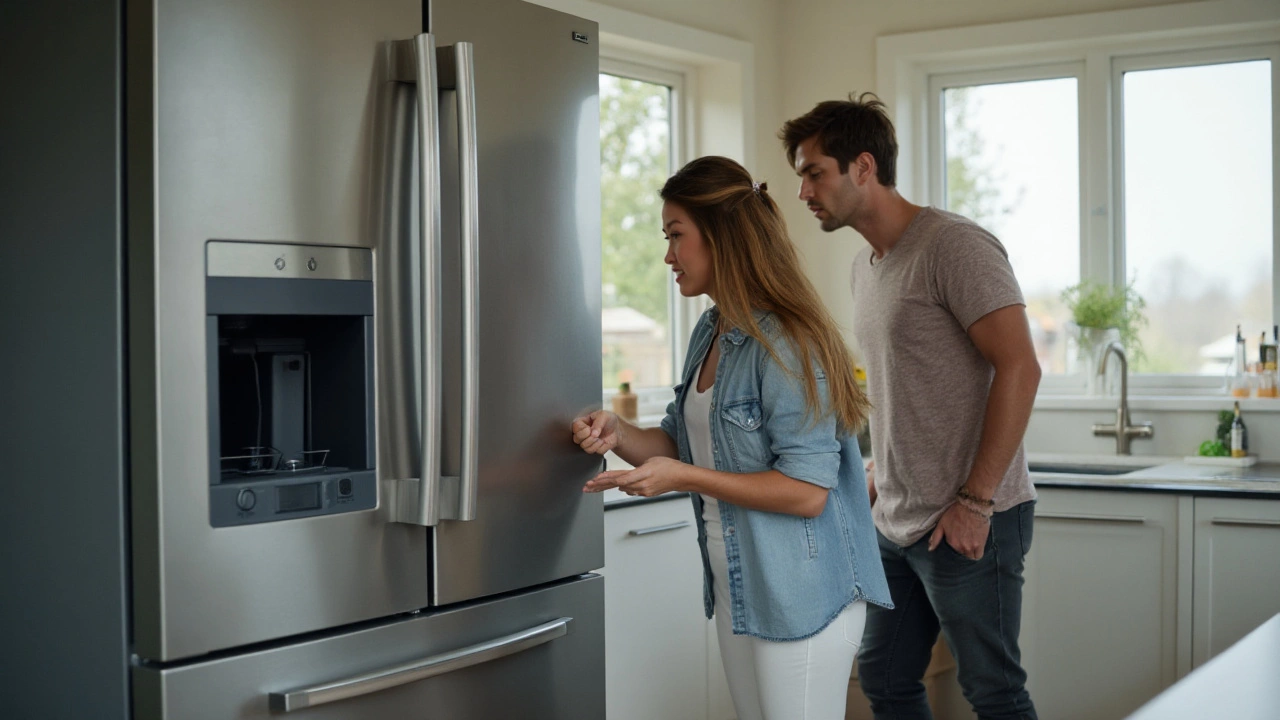Ice Maker Issues: Quick Fixes & When to Call a Pro
Nothing’s more frustrating than opening the freezer to find a dry tray or a pile of clumps where ice should be. Ice makers can act up for a handful of simple reasons, and most of those can be sorted without a big repair bill. In this guide we’ll walk through the most common ice maker problems, step‑by‑step DIY checks, and the tell‑tale signs that you need a professional from Glastonbury Appliance Repair.
Why Your Ice Maker Might Be Stopping
The first thing to remember is that an ice maker is just a small machine inside your fridge. It needs water, power, and a clear path to work. If any part of that chain breaks, you’ll see one of three symptoms: no ice, too little ice, or oddly shaped ice.
No ice at all? Check the water supply line. A kinked hose or a shut‑off valve that’s closed will stop water from reaching the tray. Also make sure the inlet filter isn’t clogged – many refrigerators have a filter that needs swapping every six months.
Ice cubes are small or misshapen? This usually means the freezer isn’t cold enough or the ice mold is blocked. A freezer temperature set above 0°F (‑18°C) slows the freezing process. Clean any ice buildup from the mold and make sure the ice ejector arm moves freely.
Ice making but it won’t stop? A faulty ice level sensor can keep the maker running. If you hear the motor humming nonstop, it’s time to test the sensor or replace the control board.
Easy DIY Checks You Can Do Today
1. Reset the ice maker. Most models have a reset button or a simple power‑cycle. Unplug the fridge for a minute, plug it back in, and press the reset. 2. Inspect the water line. Look for visible cracks or bends. If you see a leak, tighten the connections or replace the line. 3. Clear the ice bin. Sometimes a jammed tray prevents new ice from forming. Remove the bin, discard any stuck cubes, and re‑seat it. 4. Check the freezer temperature. Use a fridge thermometer to verify it’s at the right setting. Adjust if needed and give it a few hours to stabilize. 5. Listen for the fill valve. When the maker starts a cycle you should hear a brief water flow. No sound may mean the valve is faulty.
If you’ve run through these steps and the ice maker is still acting up, it could be an internal component like the motor, the thermostat, or the electronic control board. Those parts need a trained technician to diagnose and replace safely.
When to Call Glastonbury Appliance Repair
Call us if you notice any of the following:
- The ice maker makes strange noises that aren’t just the usual click.
- Water leaks from the fridge or under the freezer.
- The ice tray is cracked or the ejector arm is broken.
- You’ve tried the DIY steps and nothing changed.
- You’re not comfortable handling electrical components.
Our Glastonbury team has years of experience fixing ice makers on all major fridge brands. We’ll diagnose the problem quickly, give you a clear price, and get your freezer back to making ice in no time.
Don’t let a stubborn ice maker ruin your drinks or your dinner prep. Start with the simple checks above, and if you’re still stuck, give Glastonbury Appliance Repair a call. We’re fast, affordable, and just around the corner.

Discover Why Your Freezer Won't Make Ice Anymore
When your freezer suddenly stops making ice, it can be inconvenient, especially if you rely on your ice maker for chilling beverages or packing a cooler. Understanding common reasons behind this issue, from simple blockages to more complex mechanical failures, can help you address the problem effectively. This article explores possible causes and practical solutions to get your ice maker back in action without unnecessary stress or expense. With the right tips, your freezer will be back to making ice in no time.